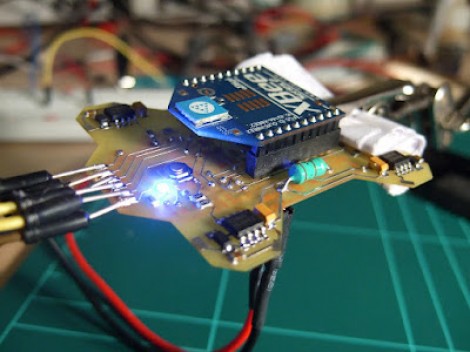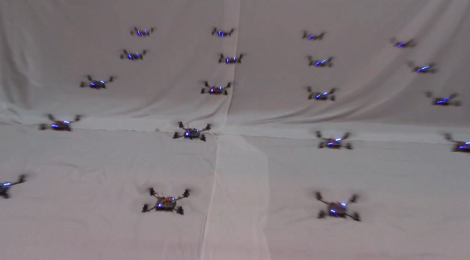
It looks like a genetic leap has unleashed the age of mutants, but this is really just a few guys trolling New York City with some custom RC aircrafts. The video after the break shows the fliers up close. They’re pretty much full size, we’d guess 5’10” from head to heel. The outstretched arms and body act as wings, while the legs act as ailerons and rudders. But from afar (or even a medium distance) it’s quite difficult to make out the flat surfaces… they look like office workers loosed from their cubicles. Unfortunately we don’t have more than a flight demo to share with you. If you know where to find build info (or any extra details at all actually) don’t forget to send in a tip. We wonder if these are the same guy who made the flying hero we posted back in July?
There’s another nugget of delight right at the beginning of the video. A sweet octocopter which looks much like this one was used to capture the aerial footage.









Recent Comments